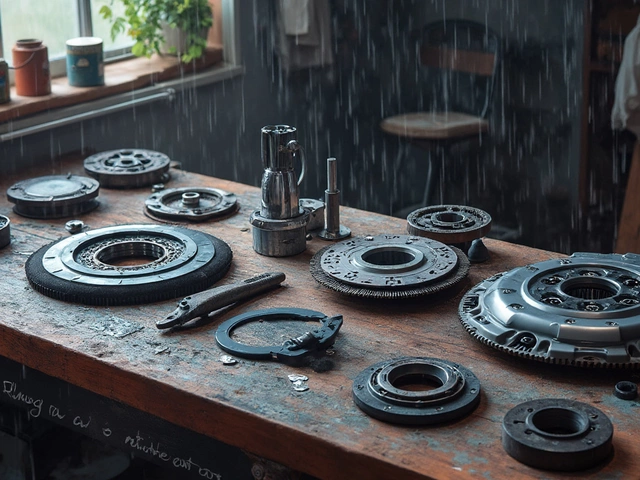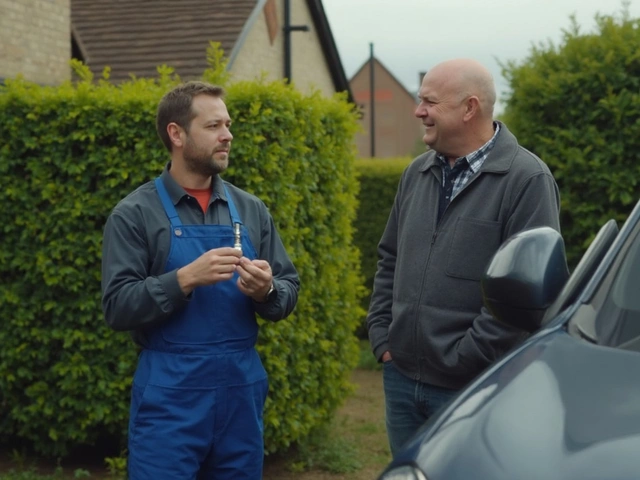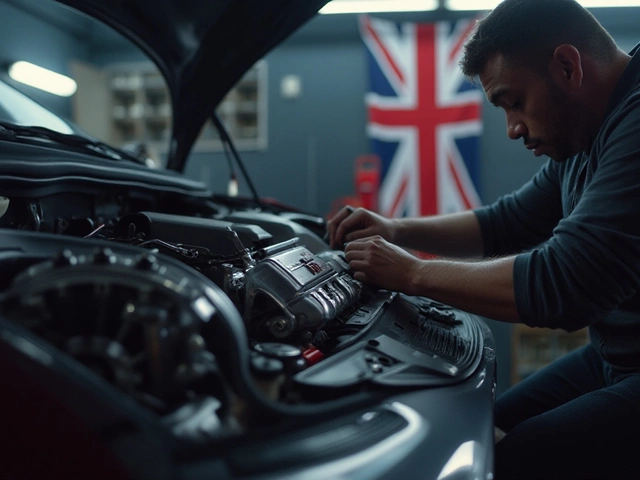Windshield Wiper Fluid: What It Is and Why It Matters
Ever wondered why your washer fluid looks cloudy or why the spray stops working? That’s usually a fluid issue, not a wiper problem. Windshield wiper fluid is a specially blended liquid that cleans the glass, removes bugs, and prevents streaks. Without it, you’re relying on rain alone, which can blur the view and make night driving risky.
Most people think it’s just water, but good fluid contains detergents, anti‑freeze agents and sometimes alcohol to keep it from freezing in winter. Using plain water in cold weather can leave a film on the glass and may even damage the pump.
Choosing the Right Fluid for Your Car
There are three main categories of wiper fluid:
- Standard summer fluid – Mostly water with a bit of surfactant. Works fine in mild climates.
- All‑season fluid – Adds a low‑percentage antifreeze (usually methanol). Keeps the spray from freezing down to about -10 °C (14 °F).
- Winter‑grade fluid – Higher antifreeze content, sometimes up to 30 %. Ideal for temperatures below -20 °C (-4 °F).
Pick the grade that matches your local weather. In Northwich, an all‑season mix usually does the job, but if you get a hard freeze, swap to winter‑grade.
Don’t forget the scent. Some fluids have a pleasant lemon or pine smell, which can make the cabin feel fresher. Others are odorless, which some drivers prefer.
How to Top Up and Replace Fluid
Topping up takes less than a minute. Here’s a quick walk‑through:
- Open the hood and locate the washer‑fluid tank. It’s usually a translucent plastic container with a blue or black cap marked with a windshield icon.
- Check the level. Most tanks have a dip‑stick or a clear side so you can see the fluid line.
- If the fluid is low, remove the cap and pour the appropriate fluid in, using a funnel to avoid spills.
- Replace the cap securely. A loose cap can let air in, causing the pump to run dry.
When the fluid looks dirty, cloudy or smells like gasoline, it’s time to flush the system. To do that, fill the tank with distilled water, run the washer until the water runs clear, then refill with fresh fluid.
Common mistakes to avoid:
- Mixing regular car coolant with washer fluid – they’re not interchangeable.
- Using harsh chemicals like bleach – it can damage rubber seals.
- Skipping the winter‑grade upgrade in freezing weather – you risk a frozen pump and loss of visibility.
If you’re not comfortable doing it yourself, a quick visit to Northwich Tyres Centre can have the fluid topped up and the system checked in minutes. They stock all three grades, so you’ll get the right product for the season.
Bottom line: keep an eye on the fluid level, choose the right grade for the weather, and replace it when it gets dirty. A clean windshield means safer drives, fewer scratches, and less wear on your wiper blades. Simple steps, big payoff.
 6 June 2025
6 June 2025
Can I Use Windex as Windshield Wiper Fluid?
Ever thought about topping up your windshield washer with Windex? It seems like a simple swap, but there are things you should know before pouring that blue liquid into your car. This article breaks down whether Windex is safe for your windshield wipers, what could go wrong, and what experts really recommend. Get clear on what actually works, and pick up some practical tips for keeping your view streak-free no matter the season. Mistakes here can get expensive or even unsafe fast.






0